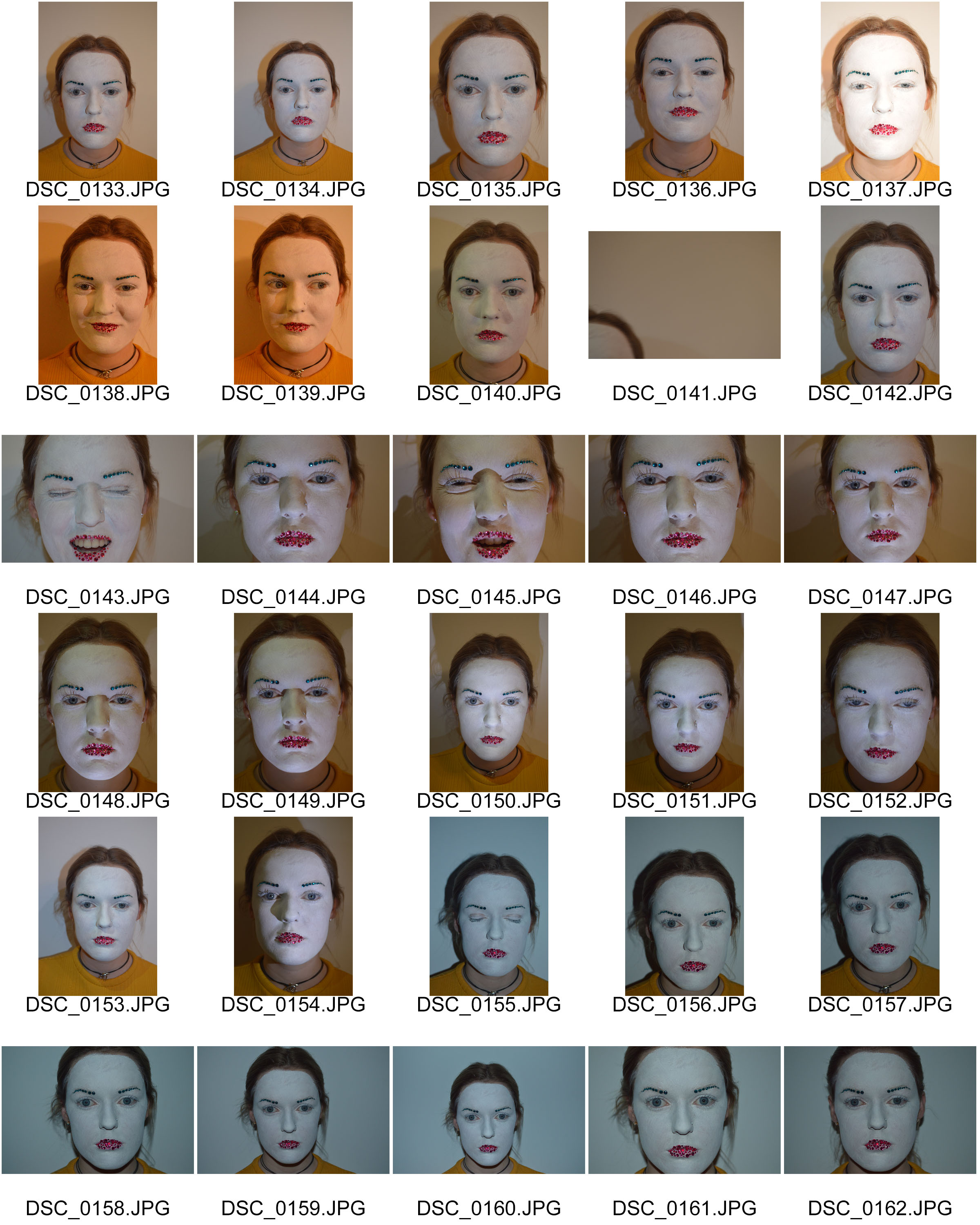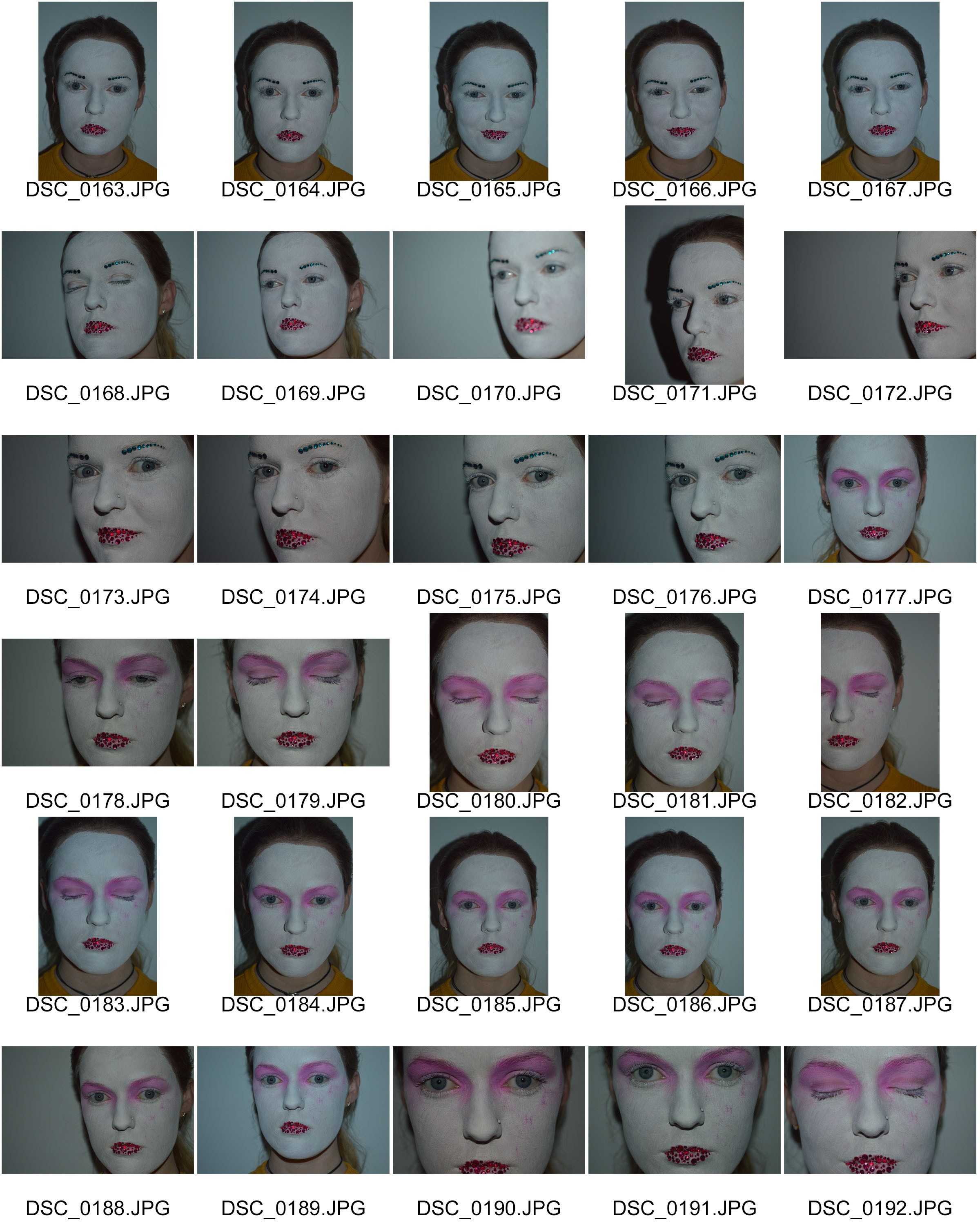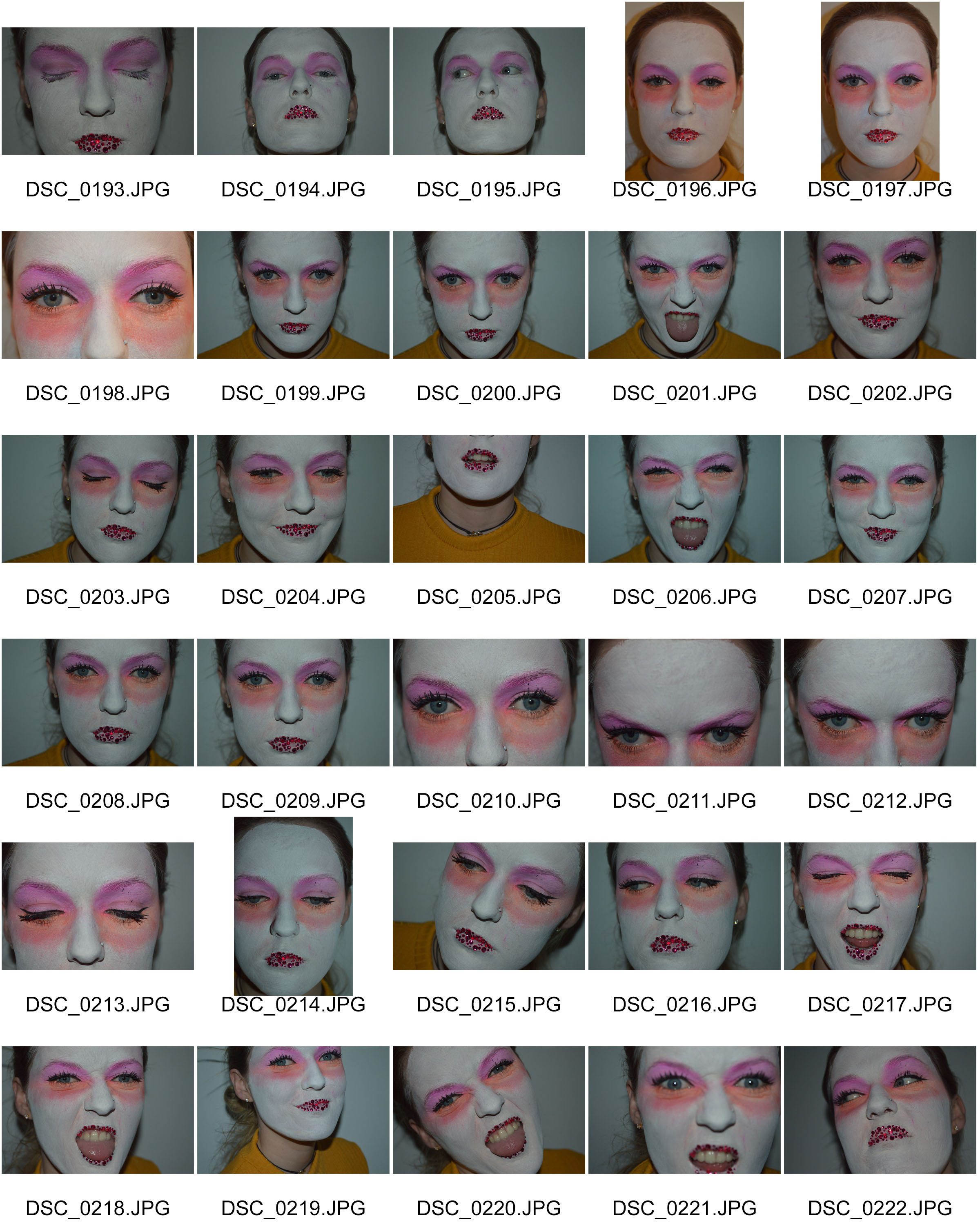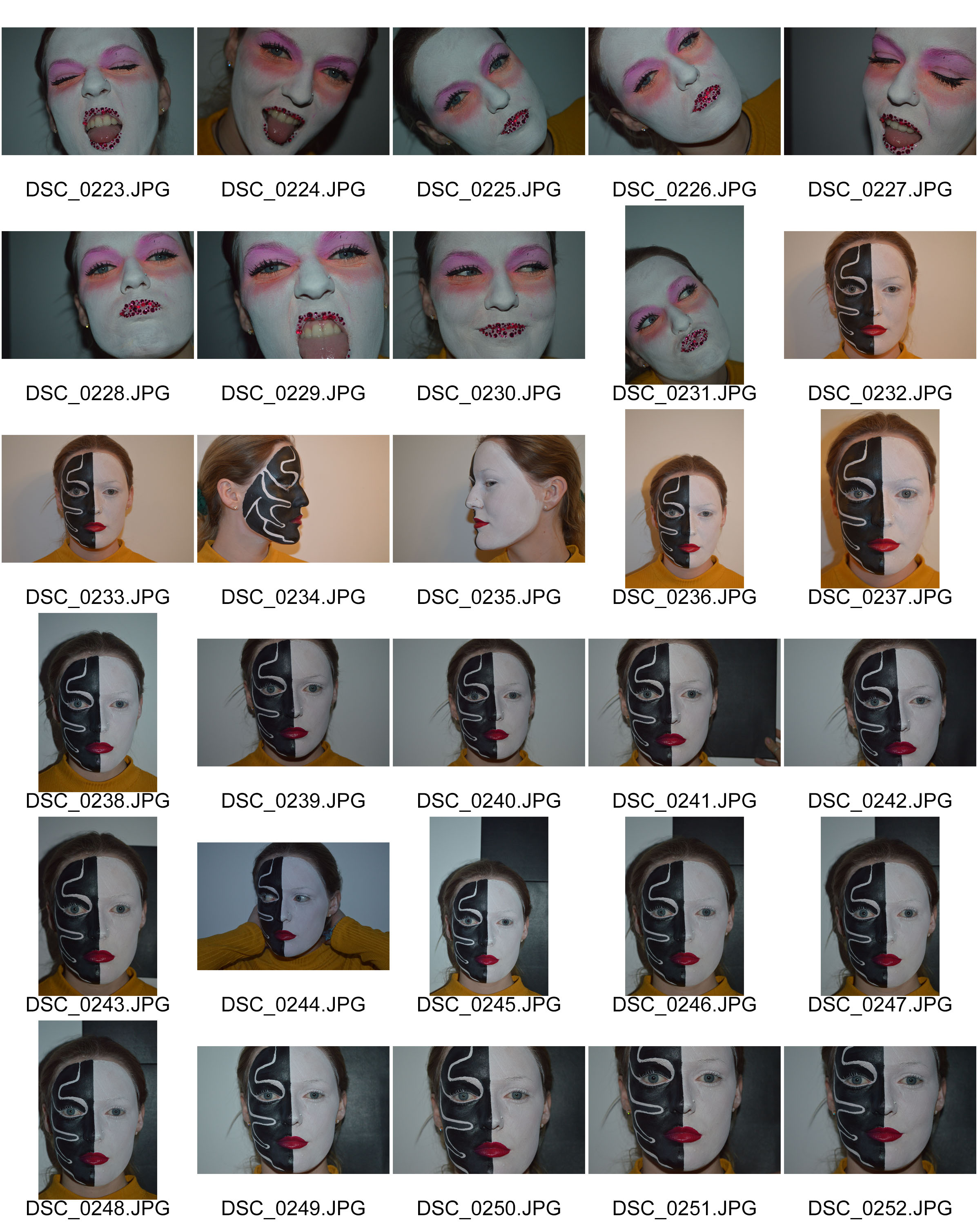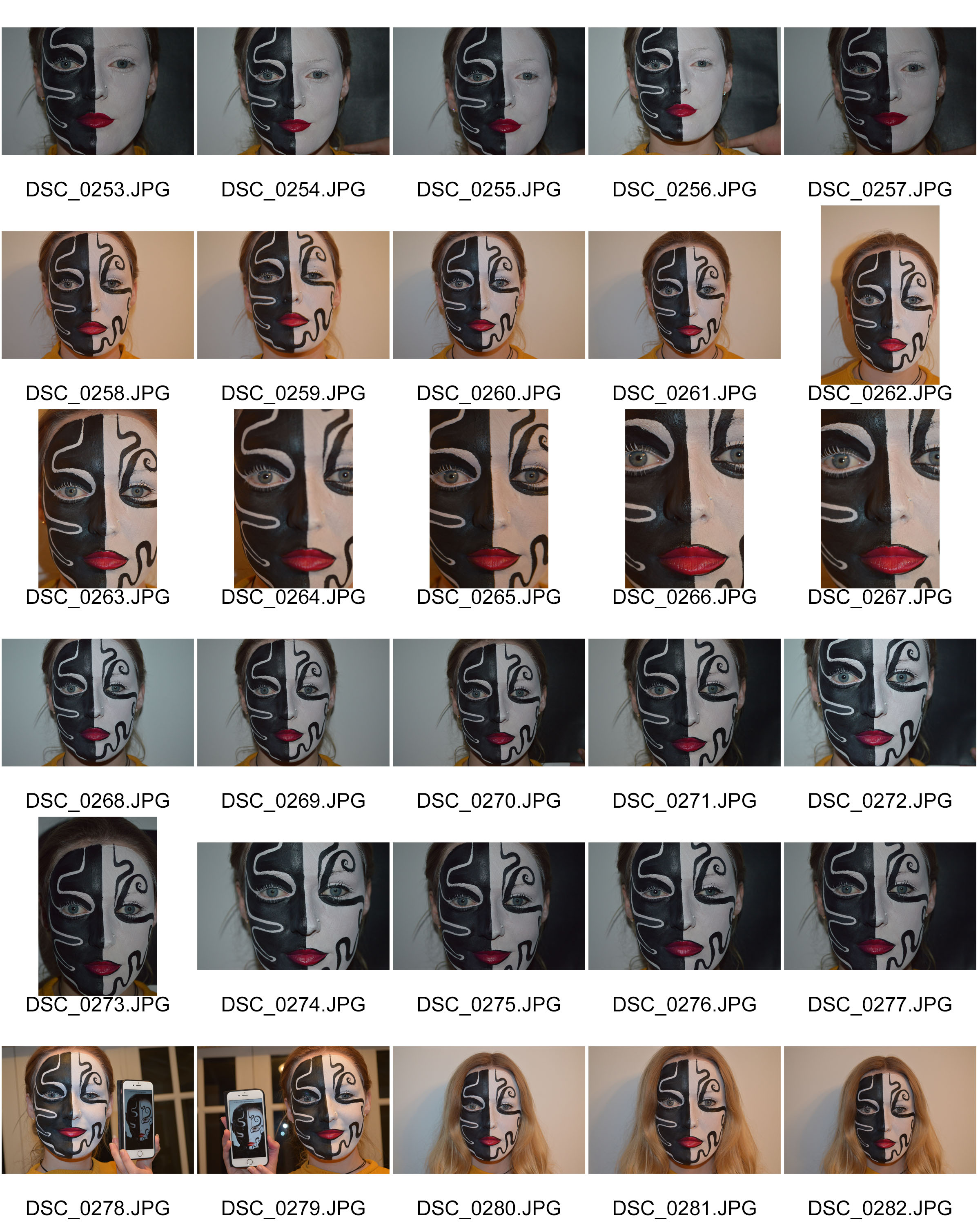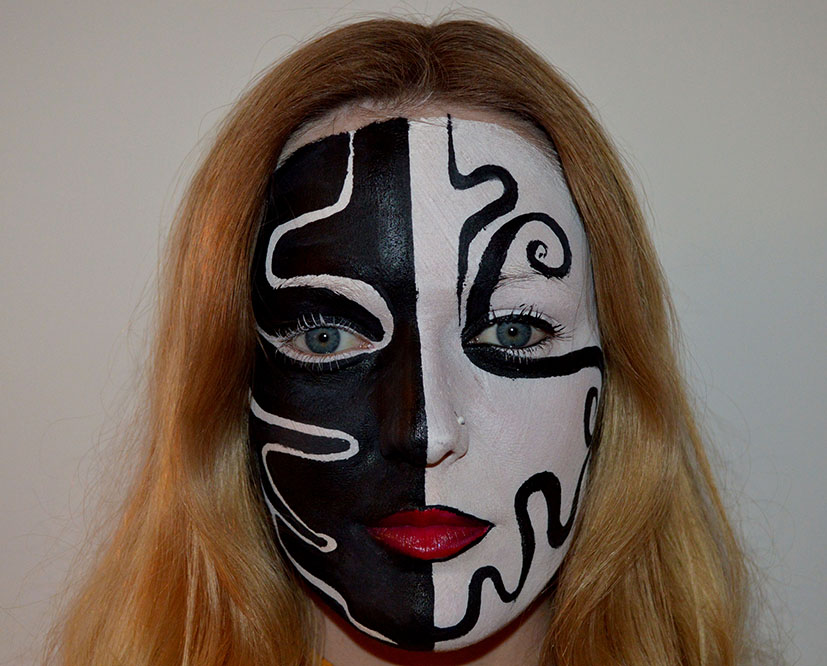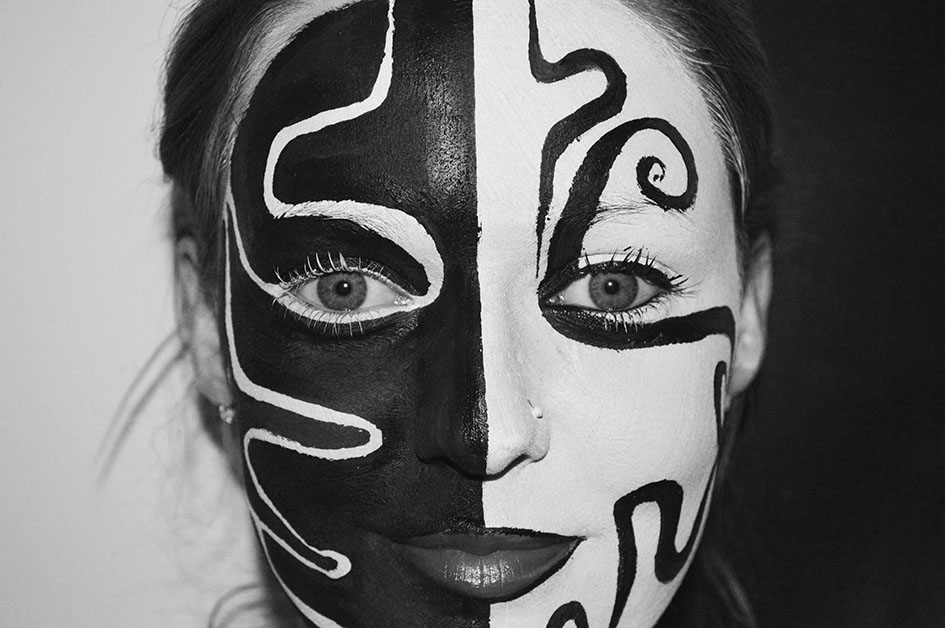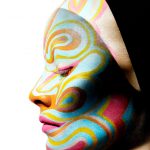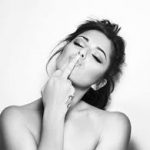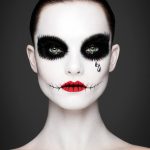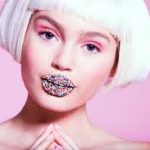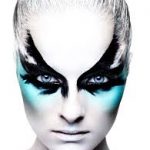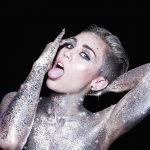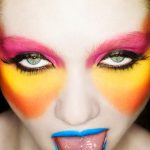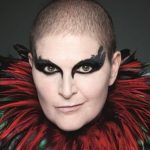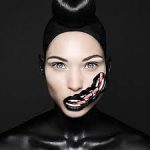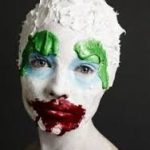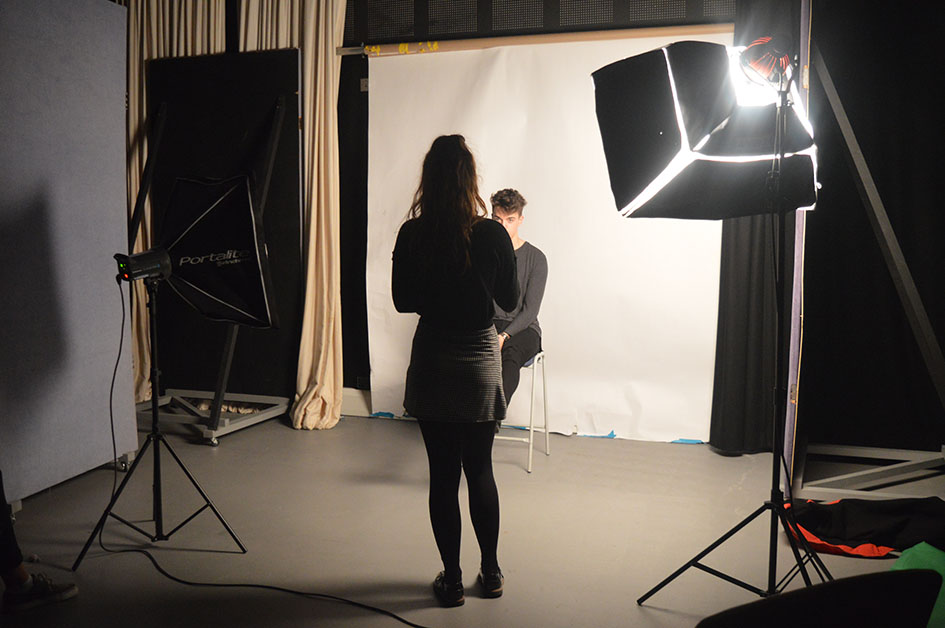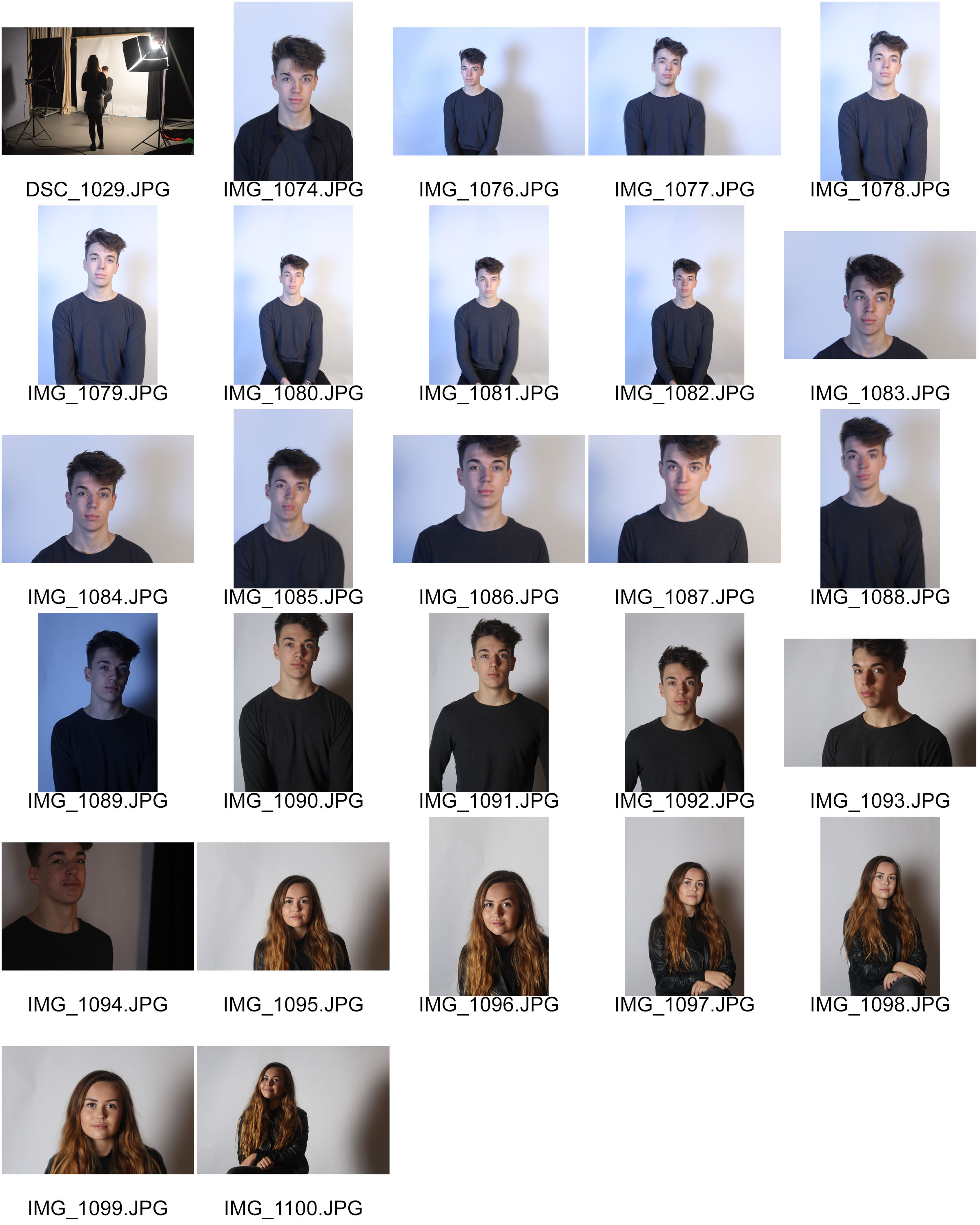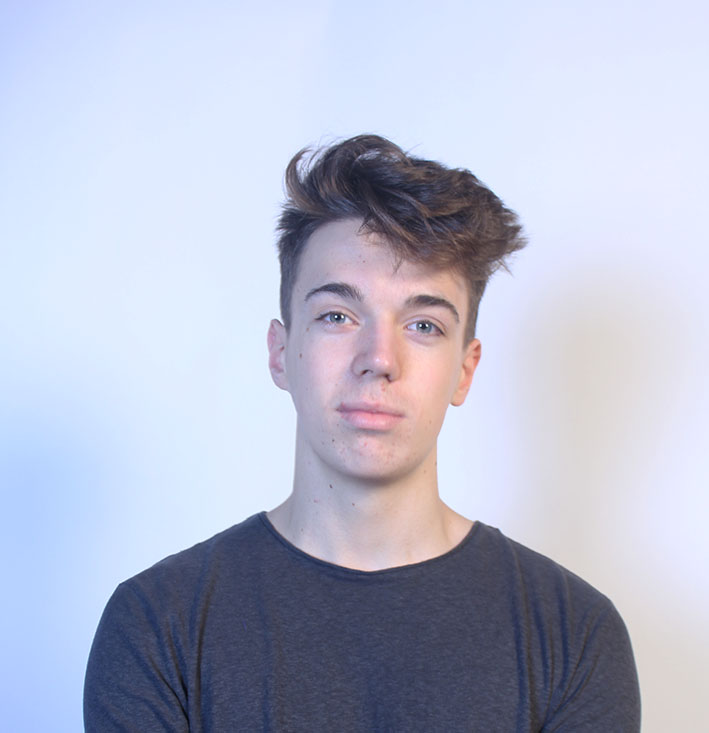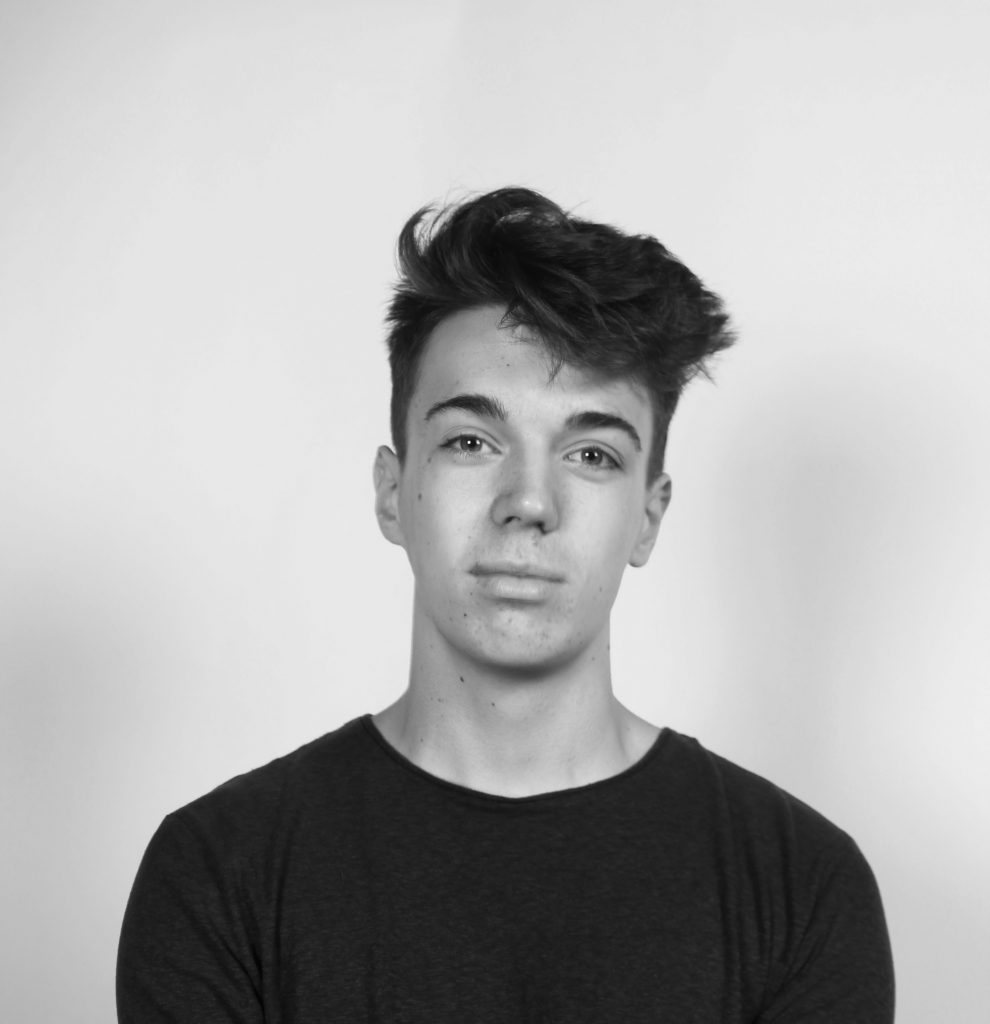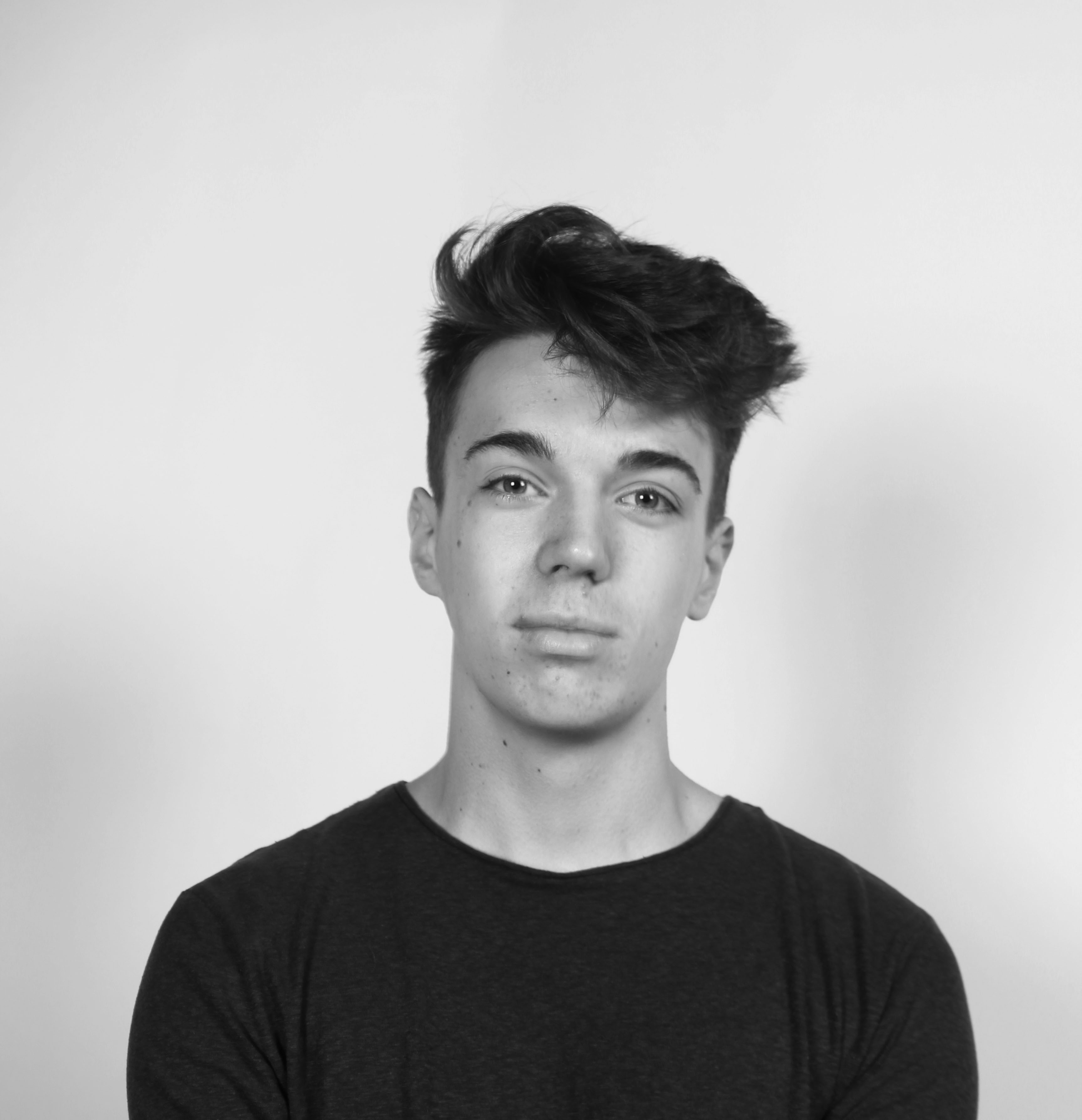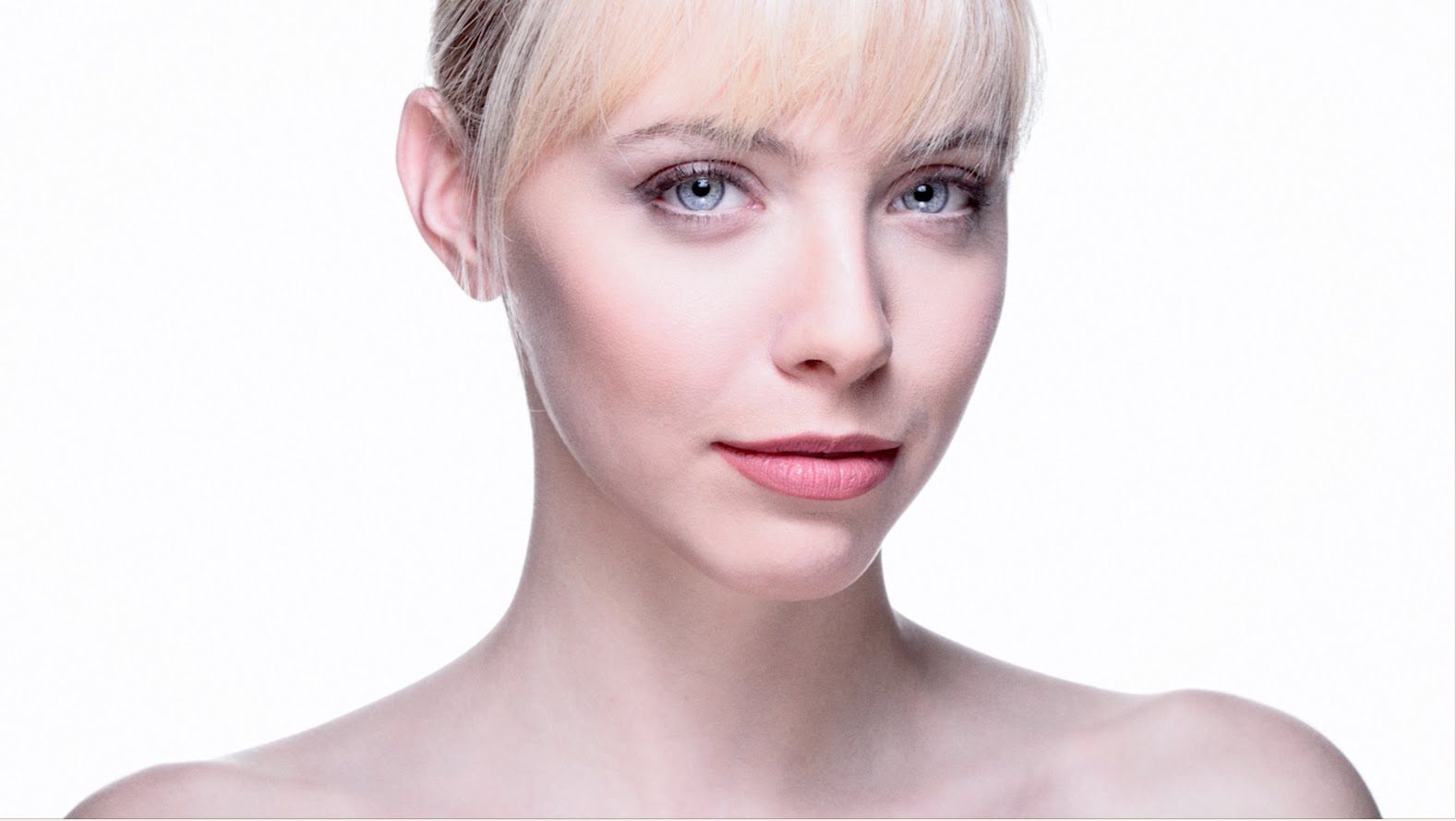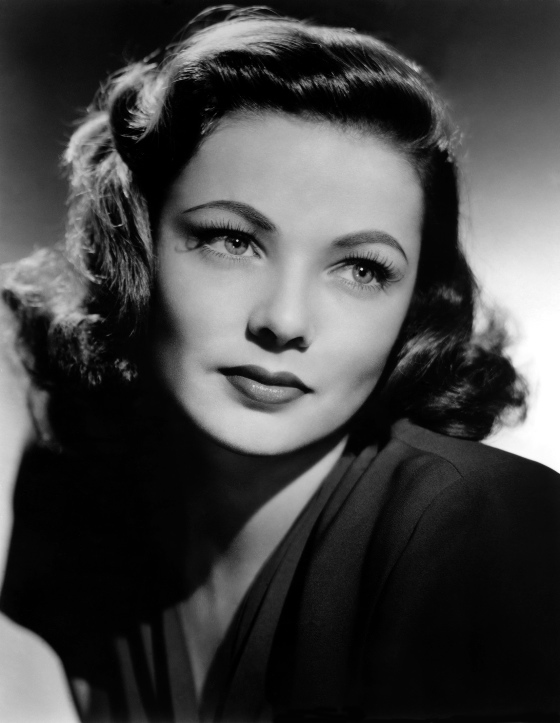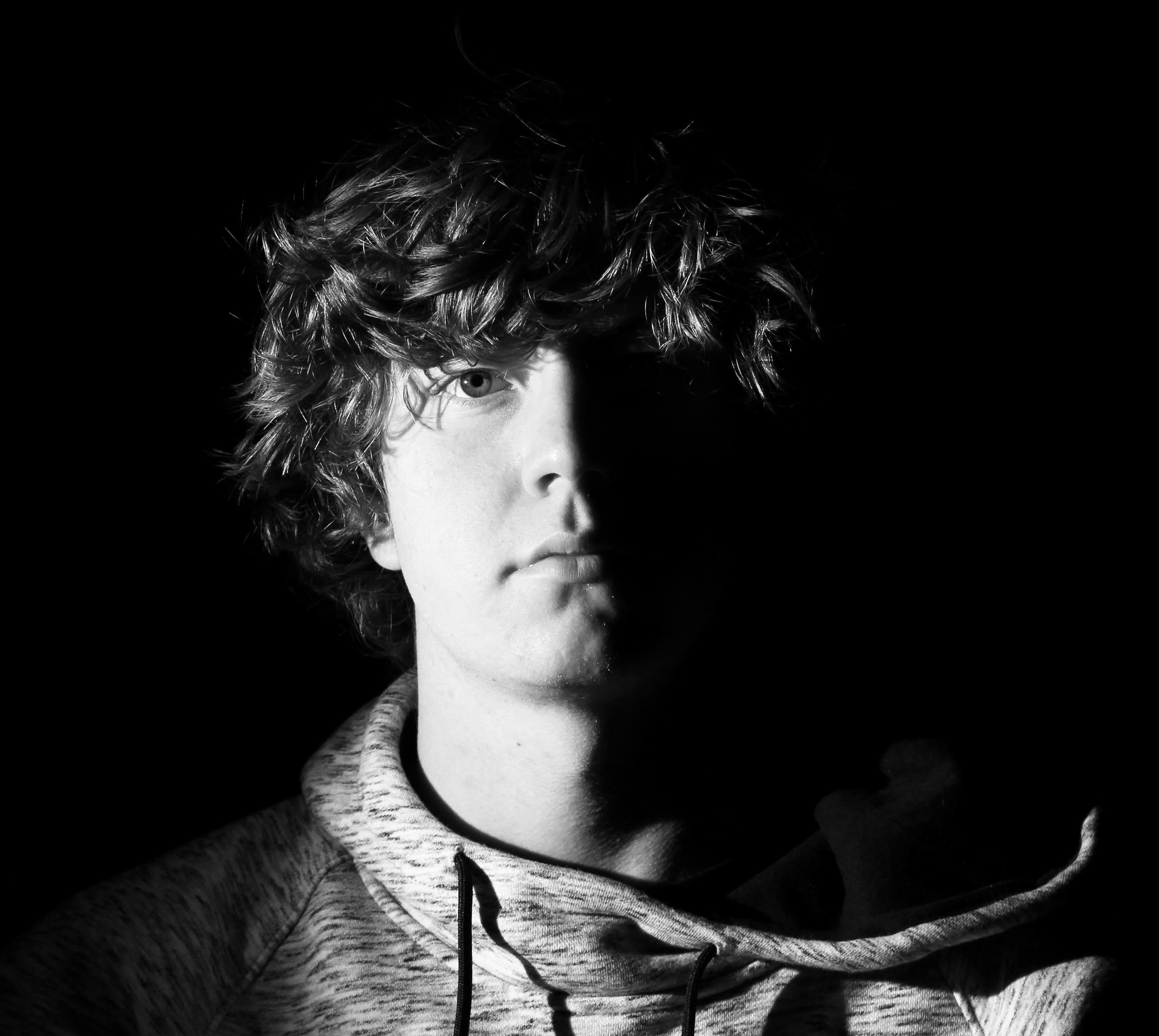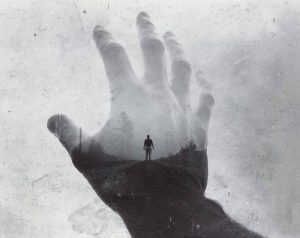John Rankin
Biography
John Rankin Waddell was born on 28th April 1966 and then brought up in Hertfordshire. At Brighton Polytechnic he studied accounting but whilst he was there he realised that that wasn’t what he wanted to be doing and dropped out. He then studied photography at Barnfield College Luton and then went onto the London College of Printing. Whilst studying here he met Jefferson Hack where they formed a working partnership. Rankin and Hack decided to start a magazine called ‘Dazed and Confused’ after they graduated in 1992.
Rankin later launched his own fashion magazine in 2000. Aswell as this he was donated his services to publicity campaigns for the charitable organisation ‘Womans Aid’ and others. Following this in 2009 he created a contemporary structure design which he called ‘Annroy’. This is where Rankin keeps his own state-of-the-art photographic studio. There is also a gallery and home to his family. ‘Annroy’ holds a different exhibition each month, which features his current work.
Rankin was awarded the Honorary Fellowship by the Royal Photographic Society in 2002. Later in 2009 an hour long documentary showed him creating his own tributes to iconic images of famous figures. He interviewed photographers and used comtempary models to bring together his shoot. Further on in his career he was involved in ‘Britains Missing Top Model’ which was a reality show. It focused on following on eight young women with disabilities who competed for a modelling contract and then in 2011 He was a photography teacher on a channel 4 series.
Rankin quote: “In America the Jewish zealots are so powerful. Especially in the entertainment industry.”

This fashion portrait taken by John Rankin is a close up portrait of a woman with face makeup on. Rankin had strong meaning when taking his photographs and wanted to capture who the celebrities thought they were, this images often represented themselves in there true form and gave them a chance to be who they were. So in my opinion i think that the message that is being conveyed with this image is that the subject thinks they are a striking character yet have a natural pure beauty. The genre of this image is fashion/ studio portraiture. The image also contains a lot of techniques that give it the style it is. The image has been set up with a white background and then well planned studio lighting so that the edge of the subject is very sharp. The mise-en-scene of this image is that the makeup is the way it is so that it shows the personality of the subject, it is also against a white wall so that the face is the only focal point and stands out in the image. The face paint is effective in the way that it creates symmetry of the face and makes the image aesthetically pleasing to look at. the strong straight angle also shows the image in its simplest form having nothing distracting the portrait. Depth and lighting are link together in this image, the light coming slightly from the left of the face creates shadowing on the right side. the shadowing creates depth on the face and makes the features stand out giving it a third dimension. This also gives a sharp but smooth texture to the image. The white background creates a frame for the portrait but also a strong contrast to the shadow and colour on the face. There is also the effect of the image being over exposed from behind the subject which makes the colour of blue in the image pop and helps the connection of the blue in the subjects eyes. The lighting quantity is bright and also a hard harsh light showing the use of equipment.
Straight away i felt a positive emotional response to this image as the image stood out to me due to the simplicity of the plain emotionless face and then the use of the eyes and blue to really bring the image to life. The images makes me feel captivated by the piercing blue eyes as when i look at it i find myself draw to the eyes and interested in why the model chose to be represented in this way.

This is another piece of Rankin’s work however the subject has been asked to be photographed in a very different way to the other model. The image is still of a woman, close up and with a white background. However the message to the photograph is very different, the model in my opinion seems like she wants to be seen as mysterious but has a feisty side, i get this impression from the darkness of the image, the dark lipstick,eyes and hat. The genre of the image is again fashion and studio photography and is being taken for the celebrity to show their true self in their own eyes and how she wants the world to see her. Again this image has used technical equipment such as a white screen a professional shooting life a photography and a high focusing DSLR camera. Everything in this image has been very specifically placed so that it is giving out the correct message for example the hands and hair slightly covering the face. The hat maybe symbolising colour but not to far over the face that its covering who she is. The use of framing is very vital in this image as the hair is fitted around the subjects face framing the face making you focus on her face and for the facial features to be the focal point. The close up angle cuts out any unwanted background making it a complete face portrait so the only thing you can focus on is the subject its self and they are using only a few props and facial expressions to convey the message. The lighting is very important in this image as they have chosen the photograph to be black and white giving the idea that the photo is over exposed and also that the photo has a high contrast in it, the pure white and pure black are complete opposite ends of the spectrum making the image quite harsh.
